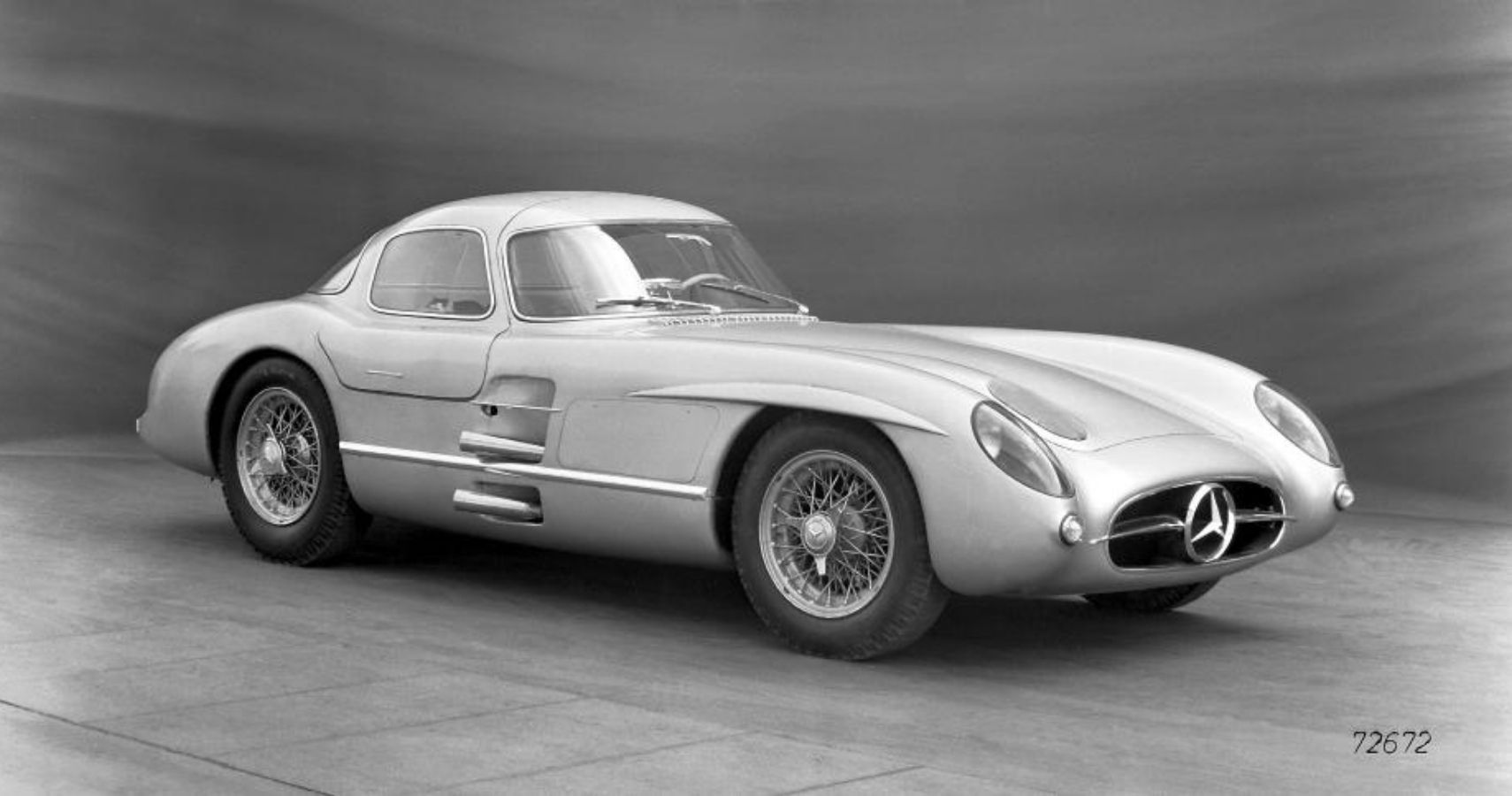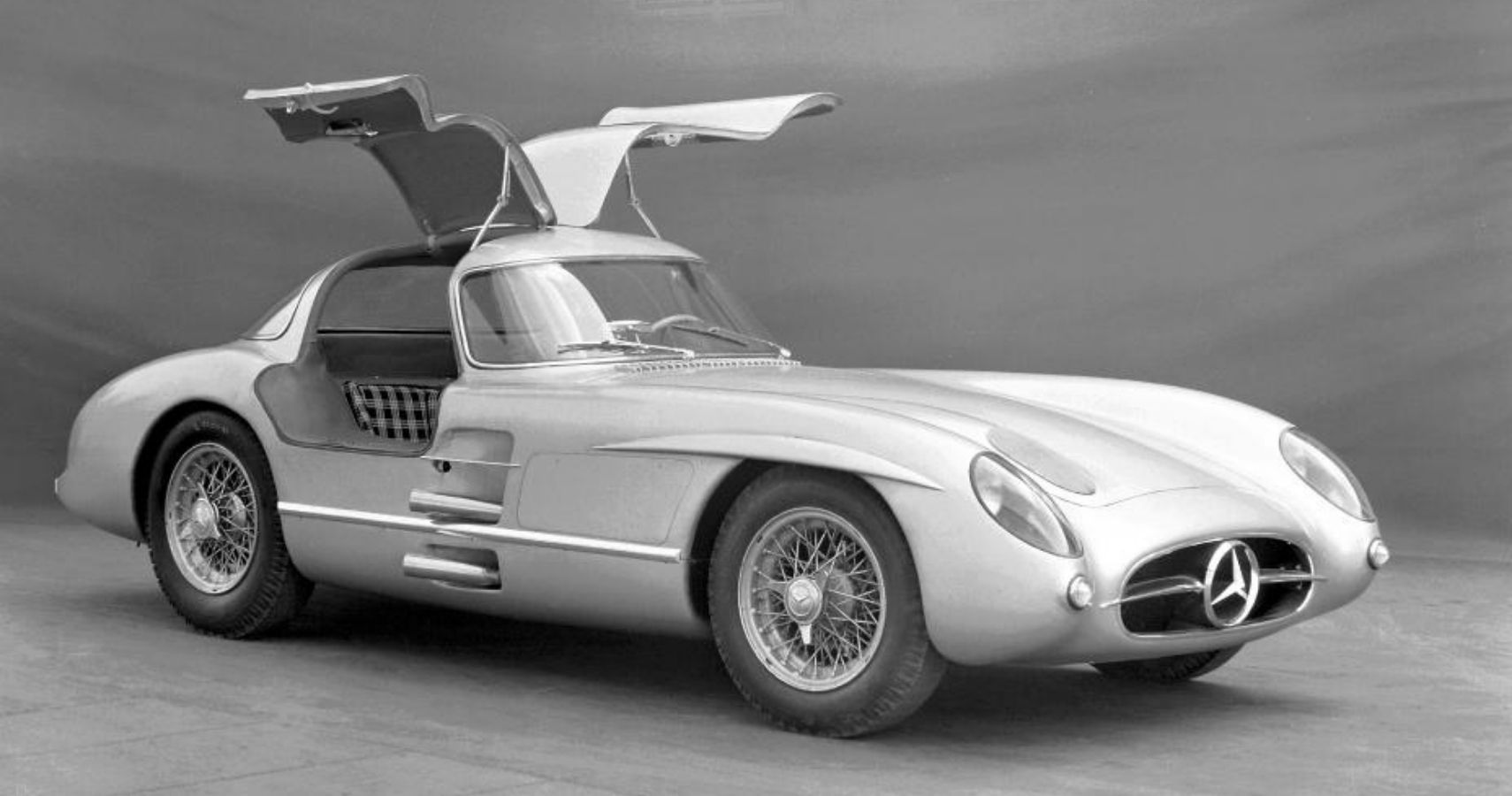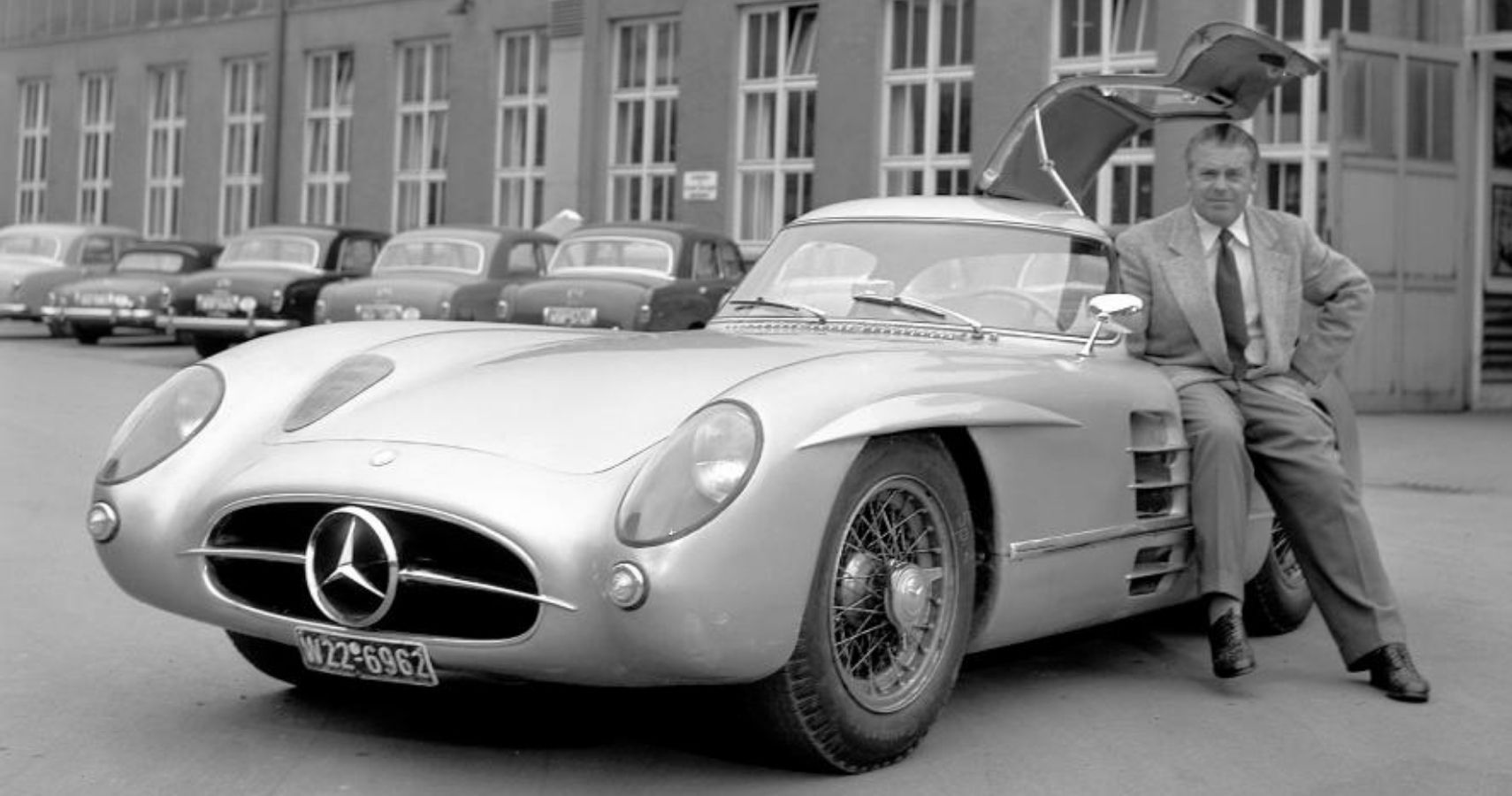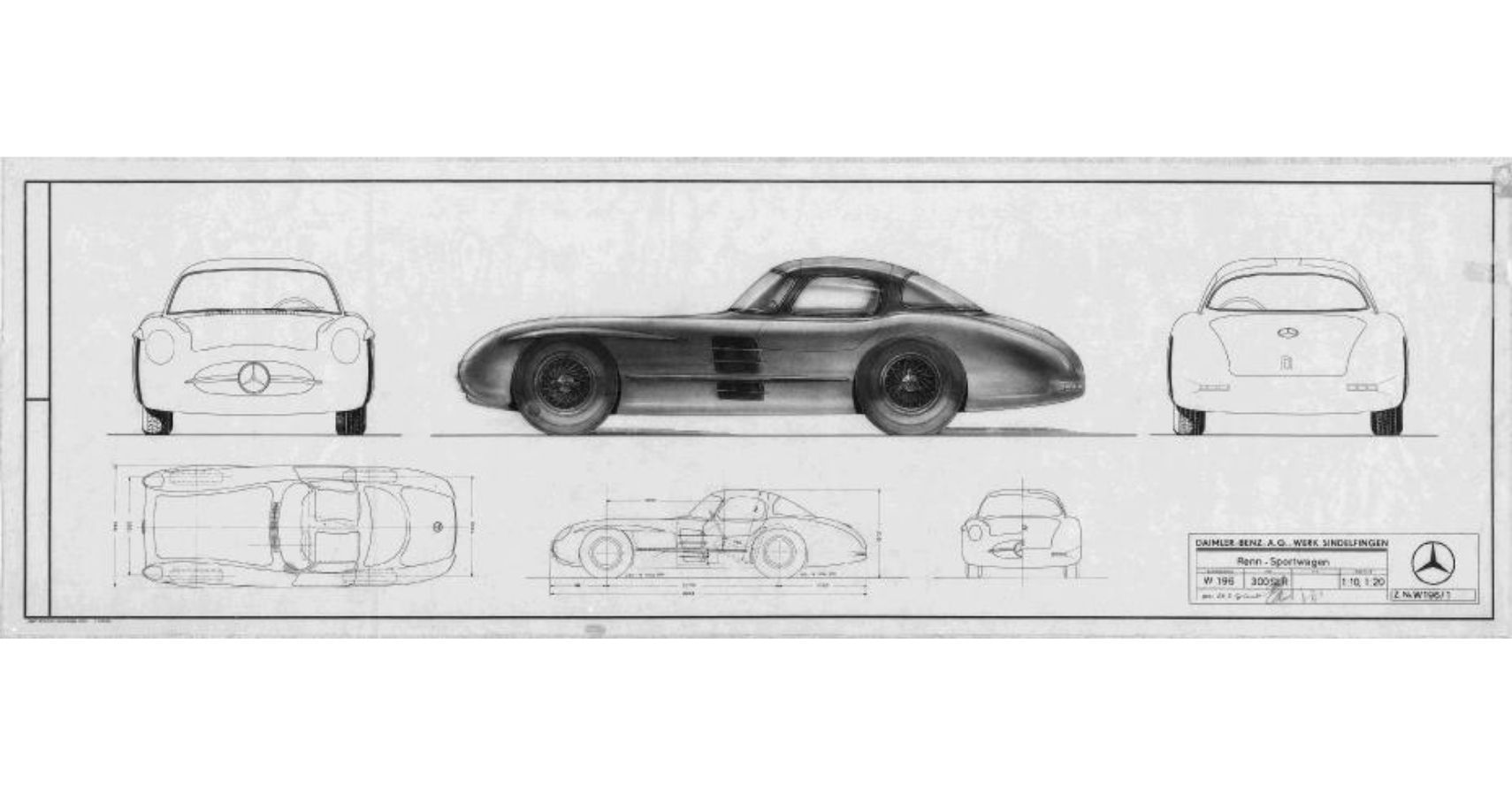What happens when you combine brilliant engineers, an unbridled production car and one of the most inspiring entries in Motorsports? The Mercedes-Benz 300 SLR Uhlenhaut, that's what. With its advanced construction techniques, streamlined bodywork and low center of gravity, the 1955 Mercedes-Benz 300 SL Uhlenhaut was already a thoroughbred race car.
However, in the hands of Rudolf Uhlenhaut, the car's chief engineer, it became something more. We explore why the 1955 Mercedes-Benz 300 SLR Uhlenhaut shattered auction records and its significance as an engineering marvel.
Why the Mercedes-Benz 300 SLR Uhlenhaut Shattered Auction Records
The 1955 Mercedes-Benz SLR Uhlenhaut was recently purchased by a private individual for $142 million. That makes it the most expensive automobile ever sold. After numerous reports, it was officially confirmed by Mercedes-Benz.
This astronomical sum of $142 million attributed to the car’s advanced engineering and racing pedigree. It was also the most expensive non-Gullwing Mercedes-Benz ever sold at auction. This is particularly impressive when you consider the Uhlenhaut, designed and built in less than three months.
According to Mercedes-Benz, the sale’s proceeds will go to establish the Mercedes-Benz Fund, a global scholarship initiative. The previous record for a vehicle in terms of price was a 1962 Ferrari 250 GTO, which sold for $70 million in 2018.
In 1962, the Ferrari 250 GTO won the Tour de France, and in doing so, established itself as not just a great racing car, but also a survivor. A 55 year lifespan without crashing is quite an achievement.
The Mercedes 300 SLR Uhlenhaut coupe was one of only two prototypes. It's said to have a top speed of 186 mph.
The auction took place at the Mercedes-Benz Museum in Stuttgart on May 5. Only a limited number of people were invited to bid. The museum will retain the second Uhlenhaut Coupe in its collection.
The most important thing about this car's auction result is what it says about the nature of the car market. This is a market that is simply seeing more and more people wanting to own real, tangible assets and fewer people wanting to be in the stock market.
As the world becomes more uncertain, it seems that people are looking for more and more tangible assets to own. This is a very interesting result both in terms of what happened to this car at auction and also what it says about the state of the car market.
This is a car that was simply stunning in terms of the quality of its condition. We have to remember that this car got built just after the end of the Second World War, so it is a very significant and very rare car.
A Brief History of the Mercedes-Benz 300 SLR Uhlenhaut
The Mercedes-Benz 300 SLR Uhlenhaut's story began in 1955, when the German manufacturer entered the 1956 running of the Mille Miglia. The event was an Italian road race that took place between Brescia, Italy and the Austrian city of Vienna.
Mercedes-Benz was eager to succeed in the event, especially after rival Ferrari had walked away with the win in 1954. In order to ensure a victory, Mercedes-Benz used a team of engineers to construct a prototype sports car with a low center of gravity and superior aerodynamics.
The 300 SLR Uhlenhaut is similar to the Mercedes-Benz 300 SL, which boasted a robust inline-six-cylinder engine, independent front and rear suspensions, and a groundbreaking full width windshield. However, engineers from Mercedes-Benz's racing division, Mercedes-Benz Sports, converted the road car into a race car.
Why Is the Mercedes-Benz 300 SLR Uhlenhaut So Significant
The Mercedes 300 SLR Uhlenhaut is loaded with history and when driven properly, it's a car that offers a driving experience that can be truly described as unique.
The car is a thoroughbred racing machine, built for speed above everything else. The car is a two-seater, and the driver sits in the middle, which means that the passenger is sitting in a very exposed position in the tail of the car.
The car is extremely light as well, so it's powered by a 2.6-liter, inline-6 engine that's equipped with a supercharger. This means that the car was able to reach speeds up to 198 mph. Despite producing fewer horsepower than the Ferrari, the Uhlenhaut simply out cornered the competition.
A Lot Of Engineering For A Lot Of Speed
The Mercedes-Benz 300 SLR Uhlenhaut is one of the most significant cars ever built. Despite being built in a hurry, the Uhlenhaut was a very successful and advanced racing car.
The Uhlenhaut's lightweight construction, low center of gravity and advanced aerodynamics made it faster than the competition. Even though it was a small car, the Uhlenhaut tipped the scales at over 1,800 lbs. This was due to its lightweight aluminum alloy bodywork. The Mercedes-Benz 300 SLR Uhlenhaut so successful that the organizers of the 24 Hours of Le Mans banned the car.
The car also displayed a remarkable level of innovation for an era in which much of the technology used in Motorsports focused on brute power. The Uhlenhaut built car's engine, for instance, was detuned in order to produce less power, but more torque, enabling the car's tires to better grip the road.
Its competitive provenance and smashing auction result also cement the car's place in Motorsports history. The 300 SLR's advanced construction techniques, such as its use of lightweight materials and streamlined bodywork, are now commonplace in modern automotive engineering.
The Uhlenhaut's career was a short one. However, its legacy lives on in the numerous examples that survive to this day. This includes the Mercedes-Benz 300 SLR Uhlenhaut, shatterring auction records.



.jpg)

